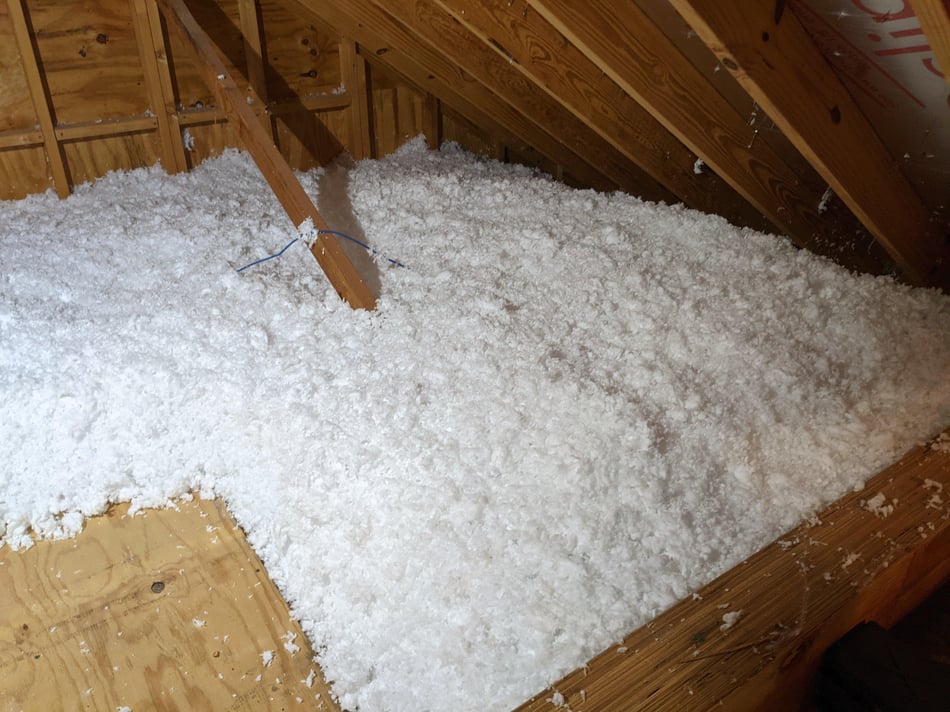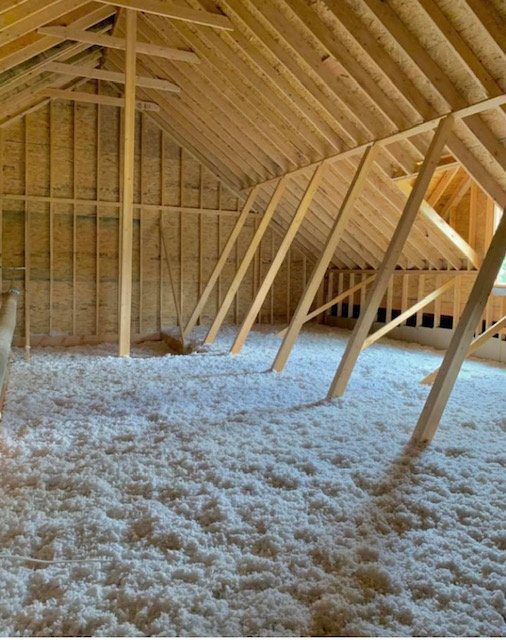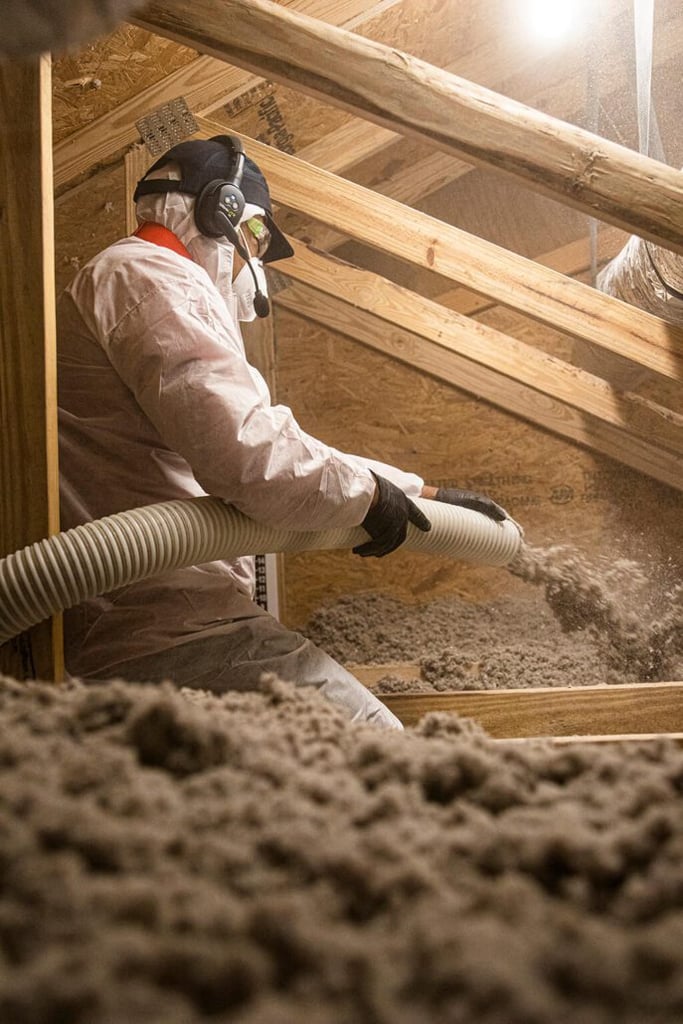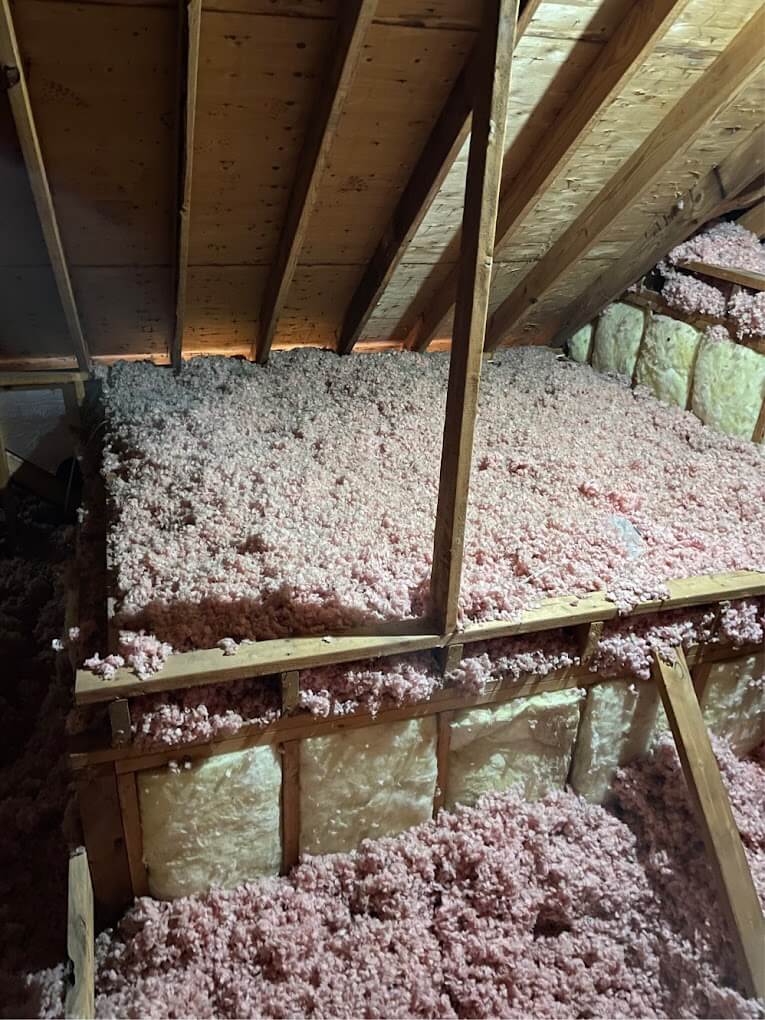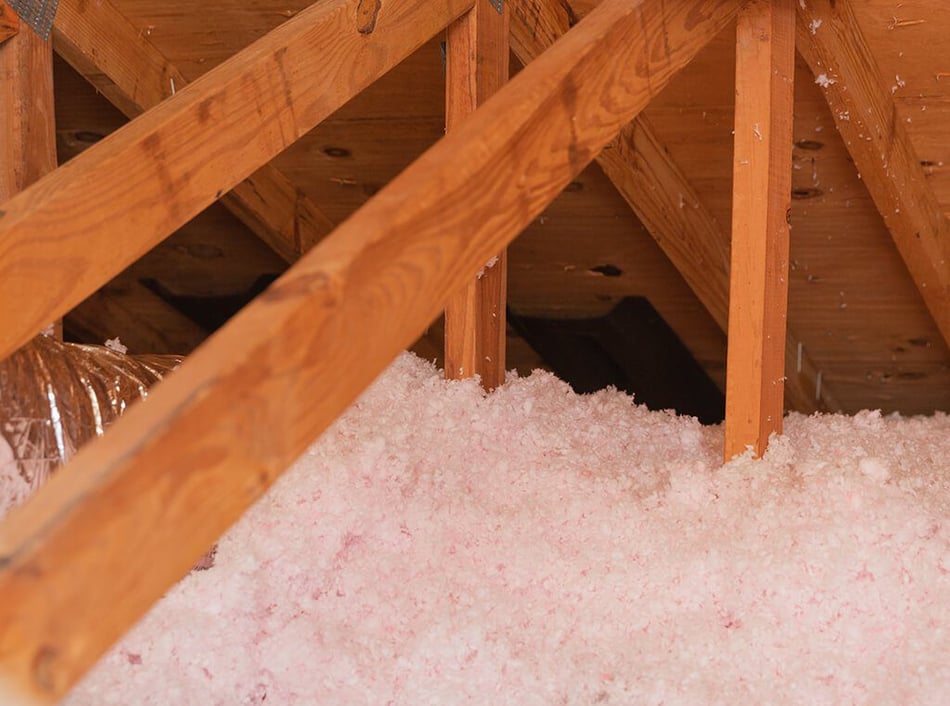Blown In Insulation Services

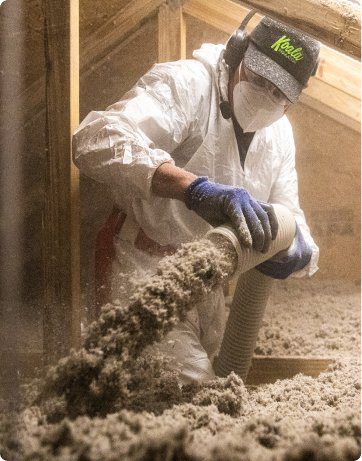
Benefits Of Blown In Insulation Services

What Is Blown-In Insulation?
Blown-in insulation is a loose-fill material blown into enclosed spaces using specialized equipment. There are several types of blown insulation for attics and other spaces where other materials aren’t applied as effectively.
The common types of blown-in insulation are:
– Blown-in cellulose insulation
– Blown-in fiberglass insulation
– Mineral wool blown-in insulation (also referred to as rockwool)
Blown-In Insulation Applications
Blown-in insulation is a top choice for homeowners insulating irregular, inaccessible areas and wall cavities like crawl spaces and ceilings. It’s ideal for existing homes, due to minimally invasive installation processes. The most popular blown-in insulation types, cellulose and fiberglass, are applied with a special blowing machine that evenly distributes the material. This process ensures complete coverage to minimize heat transfer and air leaks. Blown-in insulation contractors love these materials for their high R-value, which offers excellent thermal resistance and helps homeowners achieve significant energy savings.
The Ultimate Blown-In Attic Insulation
Blown-in insulation is used in many parts of the home, but it’s a go-to solution for insulating attics because the loose-fill material conforms to the attic’s irregular spaces. It’s often added to existing insulation to improve the attic’s R-value and lower energy costs.
Why Choose Blown-In Insulation?
Complete Coverage: One of the main benefits of blown-in insulation is its ability to provide complete coverage, even in tight or oddly shaped spaces. This minimizes energy loss.
High R-value: The R-value measures the insulation’s ability to resist heat flow. Blown-in insulation boasts a high R-value. This results in more consistent indoor temperatures and less reliance on heating and cooling systems.
Cost-Effective: Blown-in insulation is a cost-effective way to improve energy efficiency. It’s quicker to install than other insulation forms, keeping labor costs low. The energy savings you gain over time make it a sound investment.
Environmentally Friendly: Cellulose blown-in insulation is often made from recycled paper products, making it a sustainable choice. Also, blown-in insulation reduces your carbon footprint by improving your home’s energy efficiency.
Less Invasive: Some types of insulation require removing drywall in large areas. Blown-in insulation is less invasive and can be installed more easily without damage.
Blown-In Insulation Installers Near Me
At Koala Insulation, we take pride in providing blown-in insulation installation services that meet the highest industry standards. Our professionals are experienced in installing blown-in insulation with precision and consideration for your property. We will assess the areas where you need insulation, recommend the best solution, and efficiently install it with minimal disruption to your life.
Improve your home’s comfort, lower your energy bills, and enjoy the peace of mind that comes with properly installed blown-in insulation. Contact Koala Insulation today for a free estimate.
Blown-In Insulation FAQs
How much is blown-in insulation?
Blown-in insulation costs vary by the material, R-value, the amount of material required, and other factors. In most cases, fiberglass blown insulation is the least expensive option, which is one reason it is the go-to choice for attics. Cellulose blown-in insulation is the mid-range option, and rockwool blown-in insulation is typically the most expensive.
The cost of blown-in insulation materials can also vary based on supply. Working with a leading insulation contractor like Koala Insulation makes it easier to get a great price!
How long does blown-in insulation last?
The functional lifespan of blown-in insulation varies by material, the conditions inside your home, and the quality of the installation.
- Fiberglass blown-in insulation can last 80 to 100 years if kept dry. Its effectiveness decreases when it’s compressed or exposed to moisture.
- Cellulose blown-in insulation typically lasts 20 to 30 years under ideal conditions. Its effectiveness decreases with exposure to moisture.
- Mineral wool blown-in insulation has an effective lifespan of 30 to 80 years, sometimes more if kept dry.
Is blown-in insulation flammable?
Fiberglass and mineral wool are naturally non-combustible, making them ideal for walls near fire risks like kitchens or fireplaces. Cellulose is flammable, but, like most building materials, is treated with fire-retardant additives to make it fire-resistant.
Can blown-in insulation have asbestos?
Today’s products do not contain asbestos. Older homes with blown-in insulation may have asbestos, especially if vermiculite was used. Always work with a professional insulation removal contractor to assess your risk and remove old materials.
Our Process
Your Satisfaction is Our Top Priority
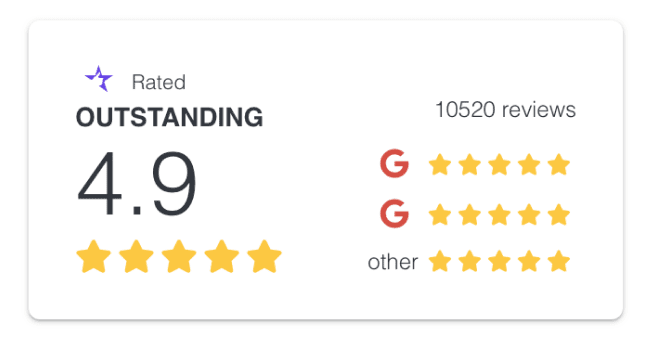
Additional Services

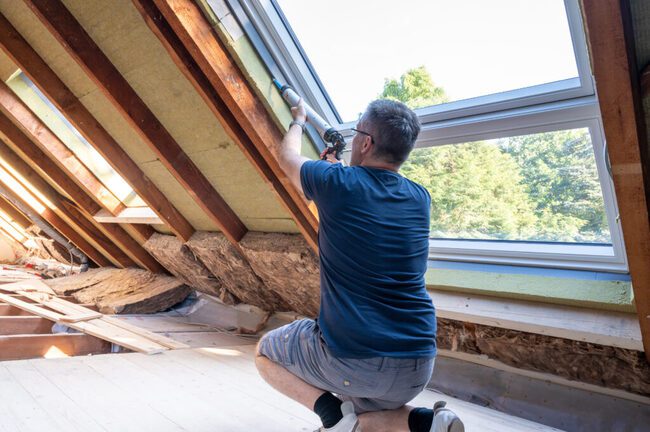
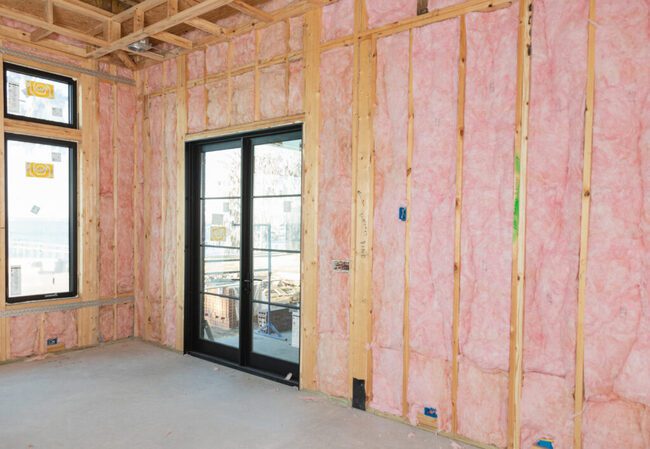
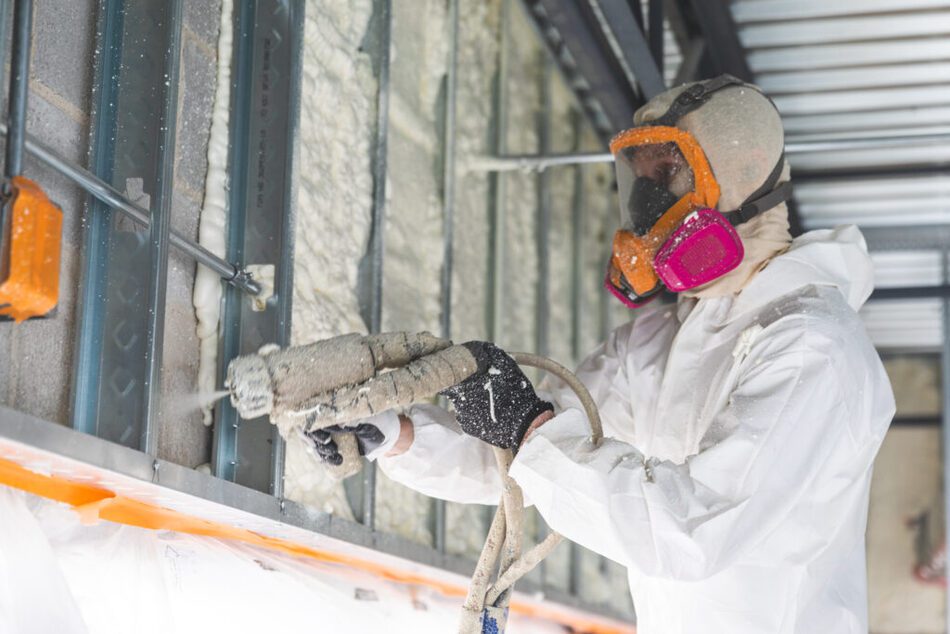
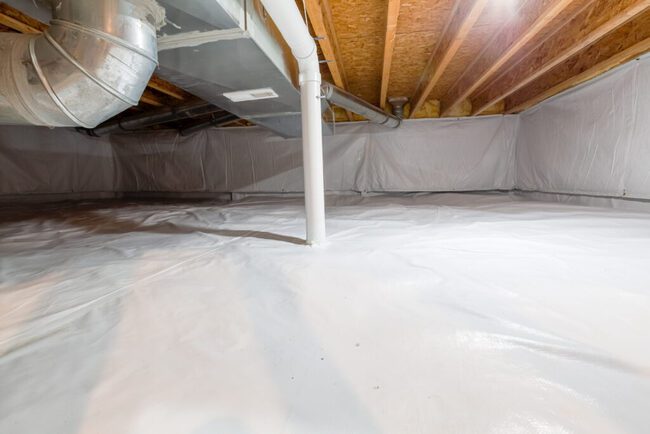
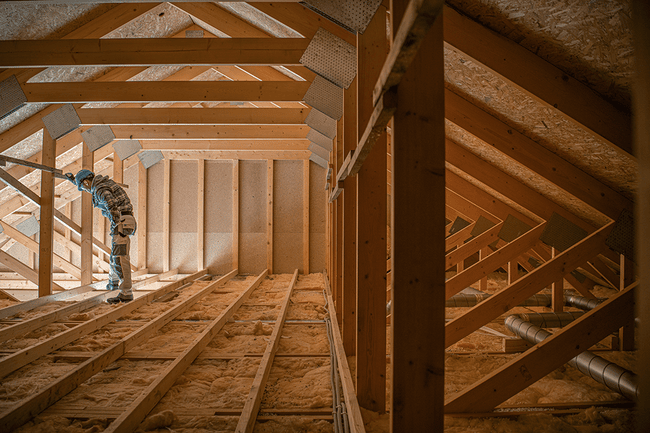
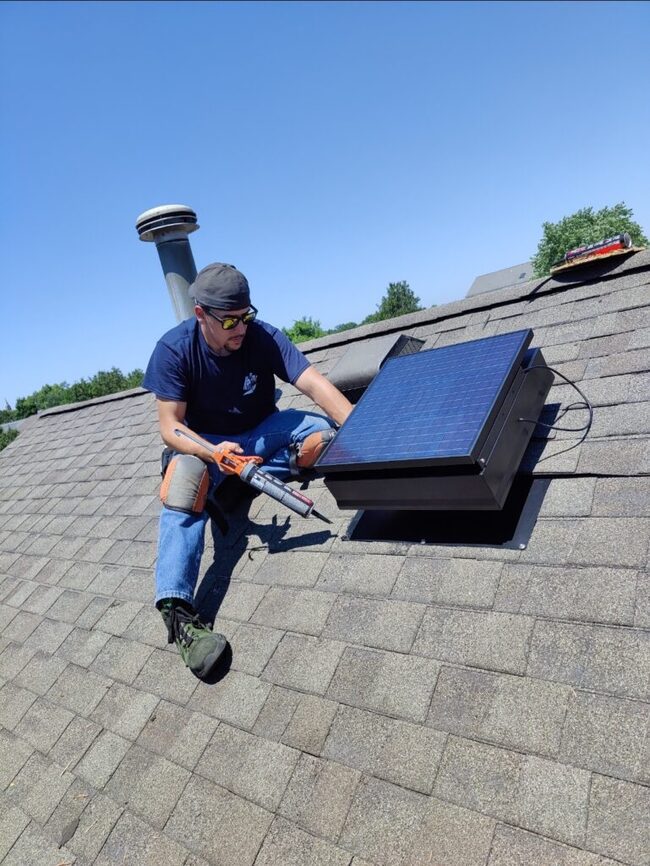
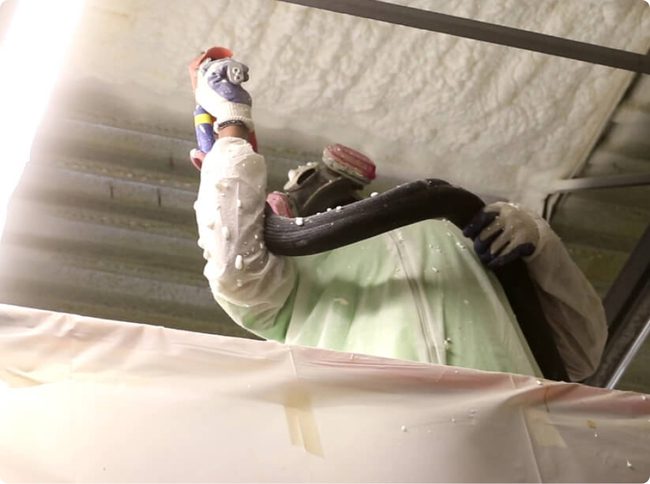
Find Your Location




